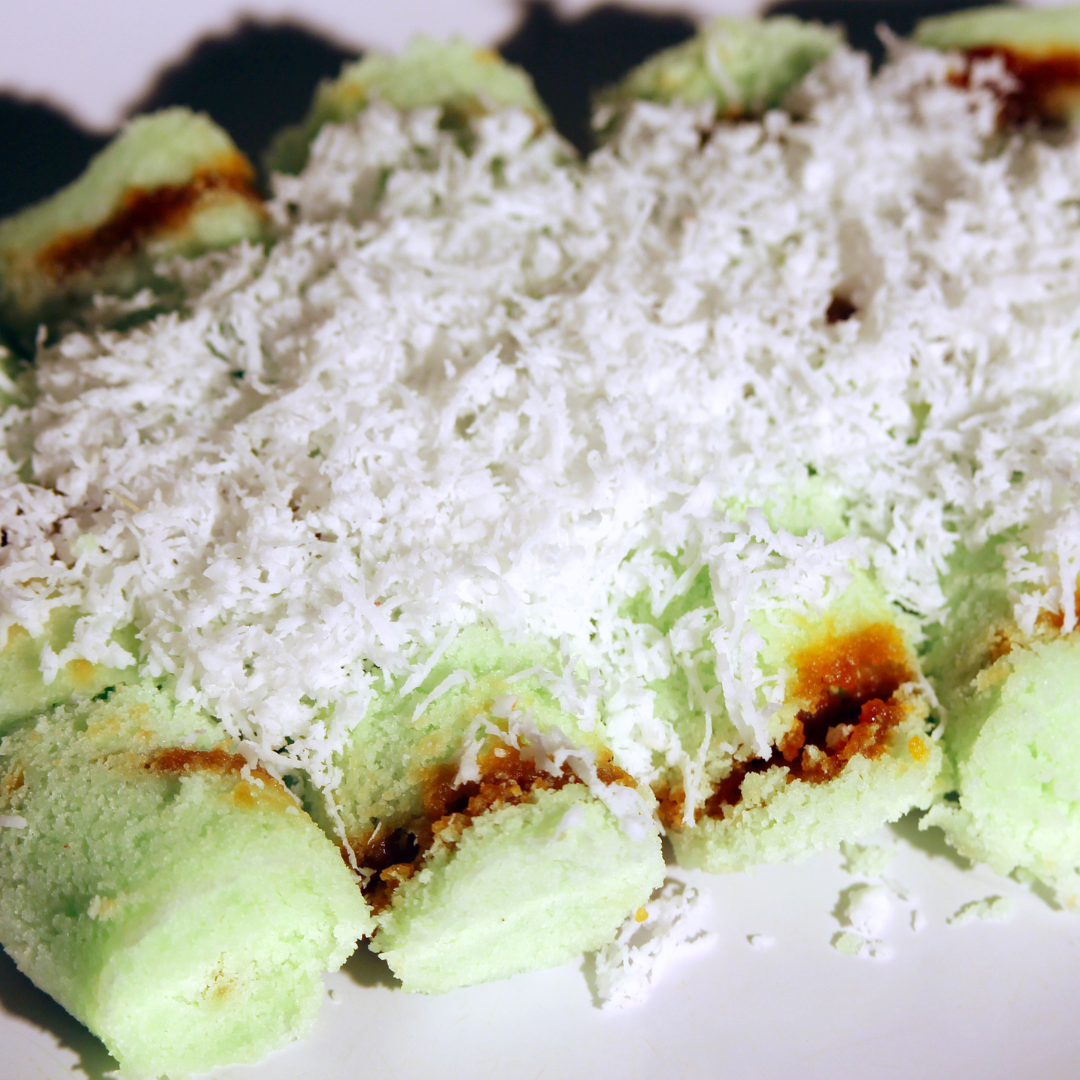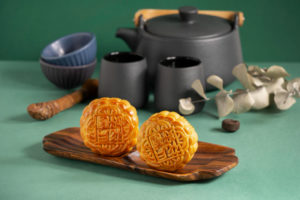Putu Piring is a traditional sweet snack originating from Southeast Asia that has gained popularity all around the world. Read on to learn about its history, ingredients, preparation, and more.
It is a popular sweet snack that has been enjoyed for centuries in Southeast Asia, especially in countries like Malaysia, Indonesia, and Singapore. This delightful snack is made from glutinous rice flour and palm sugar, steamed in a cylindrical mold, and served with grated coconut. It is a beloved treat that is enjoyed by people of all ages, and its popularity has only grown over the years.
If you’re curious about this delectable snack, read on to learn everything you need to know about Putu Piring.
History of Putu Piring:
Putu Piring has a long history, dating back to the 16th century when it was introduced to Southeast Asia by Indian traders. In India, it is known as Puttu and is made using a different type of rice flour. However, the basic recipe remains the same.
Over the years, Putu Piring has become a popular snack in Southeast Asia, and many variations of the dish have emerged. Some countries use different types of flour, while others add additional flavors like pandan leaves or coconut milk. Regardless of the variation, Putu Piring remains a beloved sweet treat in the region.
Ingredients:
The main ingredients of Putu Piring are glutinous rice flour and palm sugar. Other ingredients include water, grated coconut, and pandan leaves (optional). The rice flour is mixed with water to form a dough, which is then molded into a cylindrical shape and filled with palm sugar. The filled mold is then steamed for several minutes until cooked.
Preparation:
To make Putu Piring, you will need a Putu Piring mold, which can be purchased from most Asian grocery stores. Alternatively, you can use a cylindrical mold or even a bamboo steamer.
First, mix the glutinous rice flour with water to form a dough. Next, fill the Putu Piring mold halfway with the dough, then add a small amount of palm sugar. Top off the mold with more dough, then covers and steam for 5-7 minutes.
Once cooked, remove the Putu Piring from the mold and roll it in grated coconut. Serve immediately while still warm.
Variations:
While the basic recipe for Putu Piring remains the same, there are many variations of the snack throughout Southeast Asia. Some countries add pandan leaves or coconut milk to the dough for extra flavor, while others use different types of flour like rice flour or tapioca flour.
In Malaysia, Putu Piring is often served with a sweet sauce made from gula Melaka (palm sugar). In Indonesia, it is often served with thick coconut milk and brown sugar syrup.
FAQs:
Q: Is Putu Piring vegan-friendly? A: Yes, Putu Piring is typically vegan-friendly, as it does not contain any animal products.
Q: How many calories are in a serving of Putu Piring? A: The exact number of calories in a serving of Putu Piring can vary depending on the size and ingredients used. However, a typical serving of Putu Piring contains around 150-200 calories.
Q: Can I make Putu Piring without a mold? A: Yes, you can use a cylindrical mold or even a bamboo steamer instead of a Putu Piring mold.
Conclusion:
Putu Piring is a delicious and beloved sweet snack that has been enjoyed in Southeast Asia for centuries. Its popularity has only grown over the years, and it is now enjoyed all










